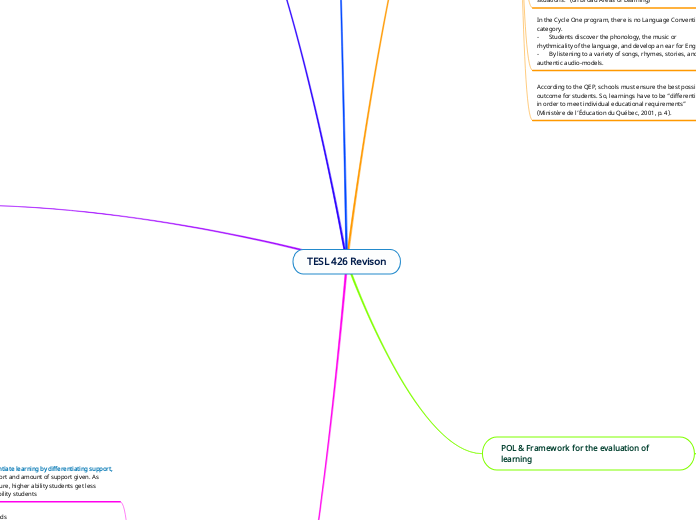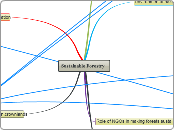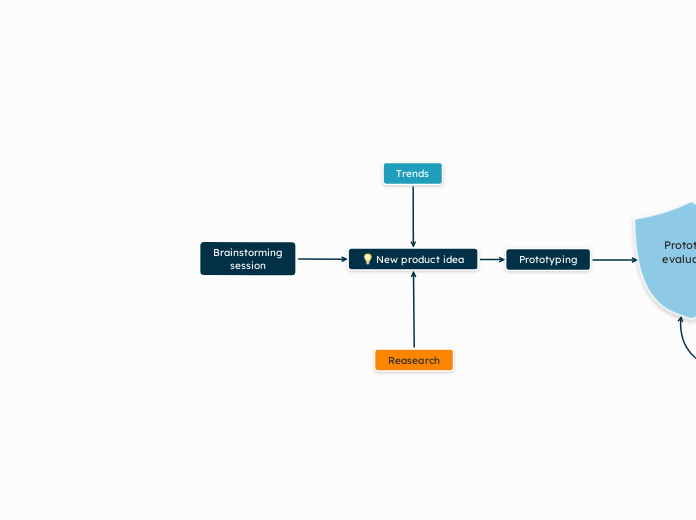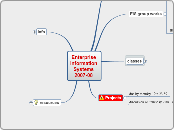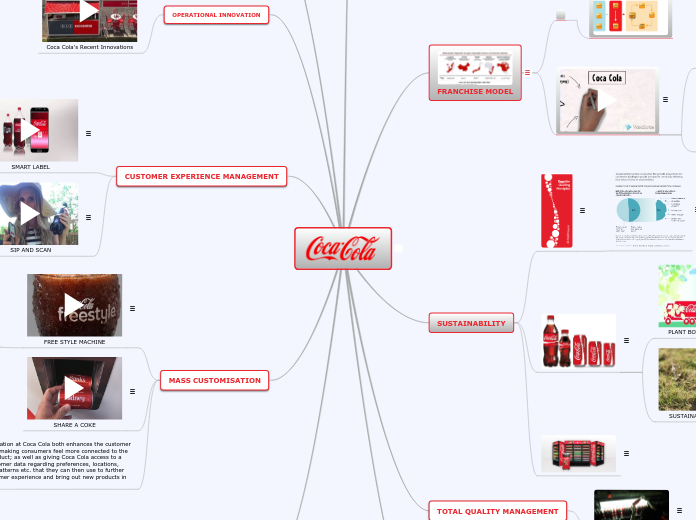TESL 426 Revison
Different types of activities
Feedback
Effective feedback is given in the following forms: specific, descriptive, clear, timely and constructively. “Good job” does not give students any feedback. For effective feedback, you must let the student know what they have done by modelling the expected outcome, and describe the evaluation criteria. “Great job, you followed the instructions, answered the question, Next time, remember to mention the color of the book also.”
Storybooks
During the planning of a lesson, a teacher should put more focus on storyline rather than activities, but a teacher does not always have to tell stories. A teacher should vary their activities like singing songs, reading stories, and playing games.
Teachers must place more emphasis on storyline and less on activities so that the lesson will have a coherent structure, which leads to deep learning.
Illustrations should be clear so that the image helps students understand unfamiliar words. Since the pictures are helping them understand meaning, it can also be used for predicting, another important criteria for illustrations.
Although a storyline should contain a simple plot, and a problem to resolve, it is not necessary to consider the students’ own cognitive awareness.
Reading aloud
… provides the opportunity for exposure to a rich vocabulary in many contexts, as a vehicle for communication.
....to children helps them to develop a love of good literature and motivation to pursue reading on their own.
....provides them with new vocabulary, exposes them to a variety of literature (folktales, fairy tales, poetry, rhymes, non-fiction) to means for exploring the world around them while contributing to their oral as well as written language development.
…stimulates the children’s interest in books and reading.
Sujet secondaire
Songs and rhymes
ESL songs need repetitive lines, melody, and rhythm because they help learners feel more comfortable with the language and reproduce English more fluently.
Important in helping Cycle 1 students develop English sounds and intonation patterns.
Teachers can differentiate learning by differentiating support, both the type of support and amount of support given. As mentioned in the lecture, higher ability students get less support than lower ability students
Lesson Planning &
class management
Halliwell did not suggest teachers repeat the activities every day. What he suggested is to keep to the same materials and topic and change the work teachers do (p.27).
Class Managment
Proactive teachers take the time to establish rules and routines in the first couple of weeks with their students. They also try to build a safe learning environment, review previous learning and provide students with a sense of the year’s journey! Whereas, reactive teachers do not do this at all, they instead jump into the school year and only respond to situations when they occur.
Invisible technique: when you plan ahead your management techniques ahead of time and in fact nobody knows that it is happening and it gives you good results.However, planning ahead is the most important part.
Lesson Planning
Bennett & Smilanich refer to cooperative learning as a preventive teaching strategy, meaning that it helps teachers develop structured groups that practise individual accountability.
They believe that teachers should “weave the Five Basic Elements of Cooperative Learning into their classroom learning environment [to] increase their chances of structuring group work for success” (p. 119). The first of the Five Basic Elements is Individual Accountability. Teachers must make sure that groups are functioning effectively and invoke individual accountability.
When planning a lesson, we start with the desired result for the final task and then work backwards;Backward planning does not necessarily involve an LES. It can be for one class period.
Halliwell’s concept of mental engagement involves situations in which students need to think without any physical aspect being involved. It does not involve a situation where students are required to engage their emotions and talk about their feelings.
Lesson planning helps teachers to be prepared for the unexpected and become proactive teachers.
“When planning a lesson, especially for young learners, the teacher should plan the management of the activities. It is important to consider practical elements, such as the time available, the time of day, whether the activity will require moving furniture, etc.” Before carrying out an activity, a teacher needs to prepare and plan the activity and the lesson. In the planning process, teachers need to be proactive and think in advance of what might happen
Halliwell states “If we know the effect of activities…, we can plan lessons which neither stay stuck in dullness nor get out of hand in excitement” (Halliwell, 1992, p.20). It is true that teachers must know which activities settle and which ones stir. However, teachers should plan BOTH stirring and settling activities in a unit.
Understanding how children learn
What motivates a sixth grader? Extremes, things that are really outrageous or gross. Such as:
- Hearing real stories about real life and problems.
- Personal tales of challenge and triumph, especially from the teacher's own life.
- The safety of working and presenting with others. Integrating elements from television, pop culture, and general teen angst (remember what it was like to be eleven?) into the curriculum in some way.
- They love to be treated as if they are grown up.
- They need and want someone to lead, to look up to, even if they don't act that way at times.
- The love and care of animals and pets is important to them
They'll typically share experiences of a painful injury, a "disgusting" thing they did, or sometimes will show a part of themselves which reveals wisdom and reflection beyond their years.
According to Curtain & Dahlberg, in Cycle 1 new concepts are better presented as binary opposites.
Most of these children are still pre-operational, and they learn best with concrete experiences and immediate goals. New concepts and vocabulary are more meaningful when presented as pairs of binary opposites.
According to Curtain & Dahlberg, students in intermediate grades, such as grade 3, can work well in groups. The concept of ‘boy germs’ and ‘girl germs’ begins to develop which may lead children to resist working with children from the opposite sex.
ESL in Quebec
The two main characteristics of Intensive English are increased time and concentrated teaching time (about 369 extra hours)
To plan an evaluation for a grade 5 ESL class, the QEP for cycle 3 must be consulted to identify which competency is being targeted and the end-of-cycle outcomes. The POL must be consulted to see which functional language, compensatory strategies, learning strategies, language conventions, text components and cultural products are being reinforced in an ESL grade 5 classroom. The Evaluation of Learning document is also important to consult because it states the evaluation criteria for each competency. It also states the percentage of which competency must be taught in a cycle 3 classroom. It lists the subject-specific knowledge targeted in the POL.
In Quebec French schools, content courses can only be taught in French, even if the students are enrolled in Intensive English. This is according to the Québec Charter of the French Language which states that, in French schools, all subjects must be taught in French, except for second and third languages.
POL & Framework for the evaluation of learning
Ongoing assessment and evaluation of the student’s development is based on a
collection of representations of her/his reading over time
rather than on one or two pieces of information.
Self-Monitoring
Self-monitoring is a mental process where students record, check, verify, and modify their own behaviour based on the task they are doing and their performance . They are able to do so during a task or while communicating with others.
The framework provides guidelines for the evaluation of learning specific to each subject in the Québec Education Program in order to determine students' results, which will be communicated in the provincial report card.
According to the Framework of Evaluation, students must be provided with feedback on the use of strategies, but it is not be considered when determining the student’s mark in the report card. So the evaluation of strategies is not necessarily shared with parents, but more so with students so they can receive feedback and improve their use of strategies.
Participation in exchanges includes:
Participation in classroom routines
Perseverance in using English at all times
Initiation and maintenance of oral exchanges
Reaction to oral messages
Support of peers during interaction
Expression of personalized messages
The Framework for the Evaluation of Learning provides criteria under which a student's results must fall. These results are not fitted to every learner, they are general. It is however up to the teacher to select which elements would be best evaluated to reflect on every student’s needs, according to the “Education Act, Section 19”.
Competency 1 To interact orally in English, which is called the backdrop of the QEP, is weighted at 50% of the curriculum in cycle 2 and 45% of the curriculum in cycle 3
The role of the POL document in the competency-base program provides teachers the necessary framework to include the essential elements of knowledge when planning the development of the ESL competencies.
Cycles Two and Three that construct meaning throughout their cycles.
Text components is a category in the POL and it is part of the Essential Knowledge of Cycles Two and Three.
The POL recognizes the different categories that make the branches of Essential Knowledge of the elementary ESL programs. Cycle One consist of Contextual Language, Strategies and Cultural Elements, and Cycles Two and Three are Functional Language, Strategies, Language Conventions, Text Components and Cultural Products.
In the Cycle 1 program, the POL provides educators with instrumental means when planning the different ESL competencies, such as “To act on understanding of texts”, “To communicate orally in English”, “To interact orally in English”, “To reinvest understanding of oral and written texts”, and “To write texts”.
QEP
According to the QEP, schools must ensure the best possible outcome for students. So, learnings have to be “differentiated in order to meet individual educational requirements” (Ministère de l’Éducation du Québec, 2001, p. 4).
At the bottom of p. 3 of the reference (QEP: Introduction), it says “at the elementary level, learnings should be qualifying in the sense that they enable students to solve problems that correspond to their ability and provide them with appropriate preparation to continue their education.”
In the Cycle One program, there is no Language Conventions category.
- Students discover the phonology, the music or rhythmicality of the language, and develop an ear for English.
- By listening to a variety of songs, rhymes, stories, and authentic audio-models.
“Each area of learning has an educational aim to guide teachers and other school staff and focuses on development indicating characteristic strategies or questions, which may serve as the basis for intellectually stimulating learning situations.” (on Broad Areas of Learning)
The role of classroom routines is to help establish a safe, predictable context that is conducive to the development of communication skills. Rather than help the teacher communicate more effectively, classroom routines serve the purpose of reliability on the group that is beneficial to Cycle one students — as language acquisition is embedded emotionally and requires psychological safety.
Competencies
A solid C1 task has at least 2 interlocutors that participate in a two-way exchange. One participant initiates communication, and others react to it and maintain the exchanges.
C3, to write texts, is the smallest competency that is developed by drawing on the other two.
Students are introduced to the writing process in French class, so they use a similar process to develop their skills in English.
Students need to have a purpose for writing to express themselves in English and require lots of support.
Writing little but writing well is a C3 competence (aka Cycle 2 & 3). According to the QEP, the end of cycle outcomes for Cycle 2 include writing short, well-organized and meaningful written texts with the help of an explicit model.
Example of a C1 activity
As a closure activity for a unit on animals, students do an interactive task, with minimal preparation, in which they interview each other about their favourite pets.
The task is a solid C1 task because of several characteristics: meaningful/authentic, interlocutors, purpose, and two‐way exchange
‘Evaluation criteria’ are observable standards for supporting and judging the development of a competency - they can either be general or specific depending on the cycle that is being evaluated and are further explained in the End-of-Cycle outcomes.
Mission?
To provide qualification ( make sure that all of them have the opportunity to achieve educational success that will allow them to pursue whatever professional path they choose to follow.
To socialize students (teach them how to live together and prevent exclusion of certain individuals or groups of people)
To provide instruction (nurture students’ intellectual development)
The underlying theory of the QEP is constructivism, which means that learning is a process in which students draw upon their prior knowledge and their new learning to develop their learning.
The competency-based program focuses on the learning process. Students are expected to apply the knowledge they learn to further their learning in different contexts and use multiple resources for support. In the competency-based program, learning serves as a tool to encourage further thought and action, unlike a skill which is generally used in isolation.
